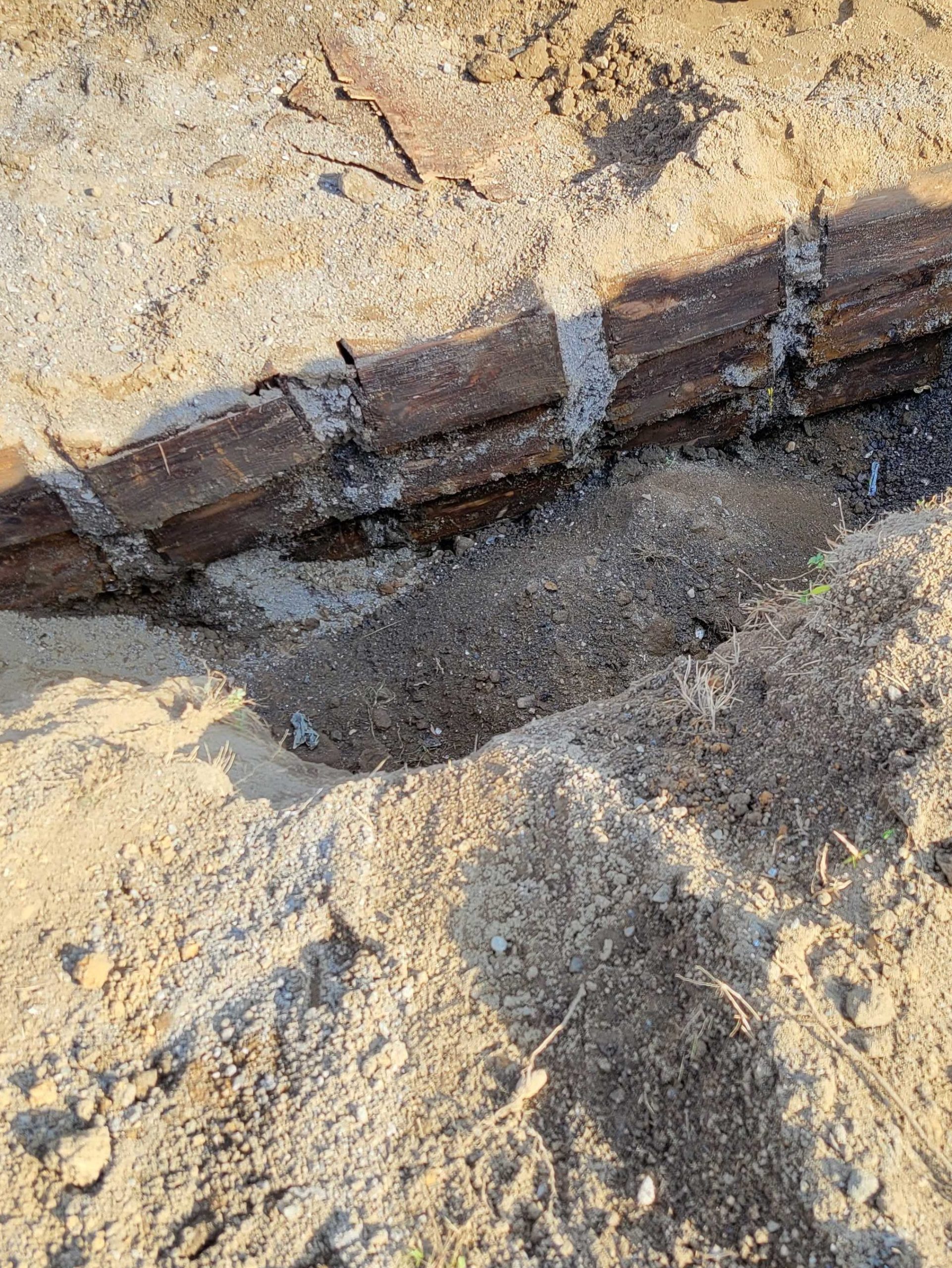In November 2021, I had the opportunity to participate in the Visiting Scientist Program at the New York City Office of Chief Medical Examiner (NYCOCME). The Forensic Anthropology Unit at the NYCOCME offers between one and nine visiting scientist positions each year to graduate students and professionals in forensic anthropology. These positions are one month terms where the scientists reside in NYC and work inside the NYCOCME anthropology office, working alongside their team of Forensic Anthropologists. The NYCOCME is responsible for cases throughout Manhattan, Brooklyn, Queens, the Bronx, and Staten Island, making it the largest ME office in the United States. Their forensic anthropology team includes unit director Brad Adams, Chris Rainwater, Angela Soler, and Jennifer Odien.
I received the visiting scientist position in 2019 with the intention of participating in November 2020. However, the program was delayed for an entire year due to COVID, as the NYCOCME was busy managing the COVID crisis and the forensic team was instrumental in those operations. Needless to say, I was extremely excited to finally visit the office when the program reopened. I booked an apartment on the west side of Manhattan in an area known as Hell’s Kitchen and flew in directly from a research trip in Finland to New York.

During my time in NYC, I worked with forensic anthropologists, forensic pathologists, residents, and students, and death scene investigators. Every morning I put in my headphones and walked across Manhattan to attend the daily 8:00 am meeting in which pathology residents presented all forensic cases for the day. Photos and police notes from the death scenes were presented and discussed amongst all residents and pathologists, and cases were distributed between those working that day. If there were any cases I felt would provide me with needed experience and education, I visited the autopsy suite to observe the autopsy. Otherwise, I shadowed and assisted the forensic anthropologists in their duties for the day.
A typical day in the life of a NYCOCME anthropologist may include providing consultation for pathologists on cases in the autopsy suite, harvesting skeletal elements for age estimation, collecting histology samples of traumatic injuries, conducting skeletal analyses for identification and/or trauma assessments, or even conducting field investigations. I was fortunate enough to take part in all of these experiences during my time at the NYCOCME. One unique field experience was visiting Hart Island, an island in the Bronx used for burying unidentified human remains from NYC, in search of particular unidentified individual for reanalysis. I worked alongside Angela Soler who dedicates a large amount of time working to identify cold case individuals in close cooperation with others at the National Missing and Unidentified Persons System (and does a fantastic job doing it!). When Dr. Soler recognizes potential matches between the missing and unidentified, the remains are revisited using new methods of identification and are sampled for DNA analyses, which has proven to be a successful endeavor. In addition, Jennifer Odien manages human remains recovered from the World Trade Center and works continuously to identify and return 9/11 victims to their families.

When I wasn’t working alongside others at the OCME, I reviewed past trauma cases through casts and photos to gain more experience on how to recognize and identify different types of trauma (e.g. sharp force, blunt force, and gunshot trauma). The office has many useful resources, like manuals, articles, and books, for learning about these different types of trauma along with casts of the traumatic injuries that can be referenced to the original case files. This made it so that I could do full trauma analyses and then check my work against the actual findings, replicating a near real world scenario. I found this incredibly helpful in improving my abilities to identify trauma in forensic casework. I did this same process for cold cases where I was able to work through full biological profiles, practice new methods, and then compare my findings to other previous professional reports. But, my favorite pastime was getting to help train the cadaver dog!! We hid samples and watched the very skilled 2 year old pup, Raven, hunt down every sample in matter of minutes. She is going to be very useful helper in the field one day soon!
At the end of each day, I attended the daily 3:00 pm meeting in which pathologists and residents presented their findings from cases that day, as well as any other interesting past cases. This is an opportunity for pathologists of all levels with varying areas of research to gather and discuss a wide range of topics and cases. A lecture series was also available to all medical students and visiting scientists following the daily 3:00 meeting highlighting different topics every day.
Overall, I left the NYCOCME visiting scientist program as an improved, more confident practitioner with a new understanding of how forensic offices operate. I have been in my academia abyss for some time now, so I am grateful that I was able to fully dive into a different world within this profession right as I am prepping to enter the job market. The forensic team was so incredibly welcoming, and I cannot thank them enough for all the time and dedication they put into working and training all visiting scientists that come through their office. They truly made the experience worthwhile.
An added bonus was taking time to see NYC for the first time. I strolled through Central Park, shopped in Times Square, watched the Rockettes and Radio City, viewed the sights from the top of Rockefeller Center, visited the Statue of Liberty, ate plenty of delicious food, and even got to see the Macy’s Thanksgiving Day Parade. Thank you NYCOCME team for welcoming me and allowing me to create such fond memories.

Pictured left to right: Chris Rainwater, Angela Soler, Amber Plemons, Bradley Adams, Jennifer Odien
Authored by Amber Plemons



Leave a Reply